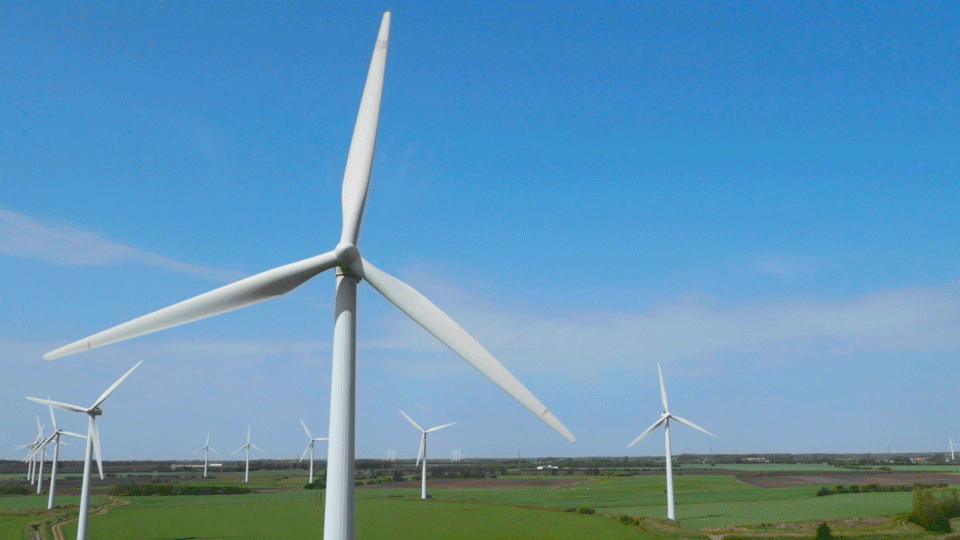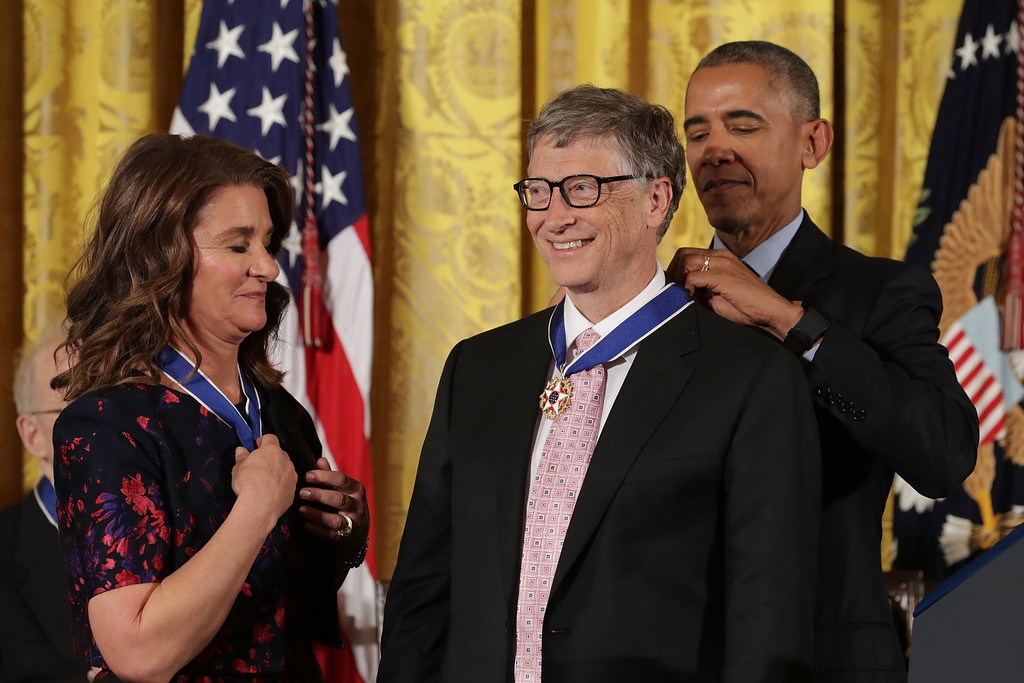The European Union is actively investing and promoting Europe’s transition to a low-carbon society, and is updating its rules in order to facilitate the necessary private and public investment in the clean energy transition. This should not only be good for the planet, but also good for the economy and good for consumers. Wind is a clean, free and abundant energy source used to generate electricity. Wind turbines work on a simple principle: the wind makes their blades spin, creating kinetic energy. A generator then converts this kinetic energy into electrical energy.
Wind now meets 15% of Europe’s electricity demand and much more in many countries: Denmark 44%; Ireland 31%; Portugal 26%; Spain 24%; Germany 23%. The IEA expects wind to be the no. 1 of power in Europe by 2027.
The EU Commission sees wind being half of Europe’s electricity by 2050, with wind energy capacity rising from 190 GW today to up to 1,300 GW. That entails a 25x increase in offshore wind in the EU. But most of the GW capacity increase will come from onshore wind.
Europe needs to accelerate the build-out of wind to deliver REPowerEU. The EU is set to build 18 GW a year of new capacity over 2022-26. But it needs 39 GW a year to meet the objectives set out in REPowerEU. The energy transition also requires doubling annual investments in electricity grids by 2025.
The EU is actively promoting Europe’s transition to a low-carbon society, and is updating its rules in order to facilitate the necessary private and public investment in the clean energy transition.
This should not only be good for the planet, but also good for the economy and good for consumers. Wind is a clean, free and abundant energy source used to generate electricity. Wind turbines work on a simple principle: the wind makes their blades spin, creating kinetic energy. A generator then converts this kinetic energy into electrical energy.
According to European Union official statement, Wind is a strategic industry for Europe. It is central to Europe’s energy security strategy. Its 300,000 quality jobs contribute €37bn to EU GDP. Each new turbine generates on average €10m economic activity. Its 248 factories are spread all over Europe, including in economically-deprived regions.
Discover more from Green Innovation News
Subscribe to get the latest posts sent to your email.




